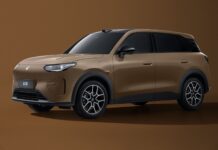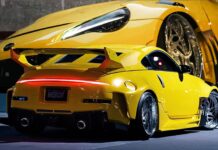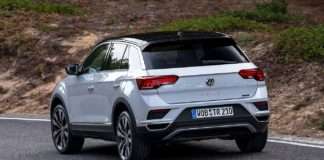Tesla’s Model Y continues to overwhelmingly outperform Ford’s Mustang Mach-E in the Australian electric vehicle (EV) market. Sales figures reveal a significant disparity: Tesla has sold roughly 46 times more Model Ys this year compared to Ford’s Mach-E. This gap underscores Tesla’s continued dominance and highlights the challenges Ford faces in competing within the EV sector.
Sales Discrepancy
Since its Australian launch in 2023, the Mustang Mach-E has sold 1,113 units, with only 380 units sold this year. In contrast, Tesla’s Model Y has achieved substantially higher sales figures, exceeding Mach-E sales by a factor of 46 to 1. This disparity raises questions about Ford’s ability to capture significant market share in the face of Tesla’s established presence.
Ford’s Response
Despite the lopsided sales numbers, Ford Australia maintains a confident outlook. Marketing director Ambrose Henderson asserts that the Mach-E differentiates itself from competitors through unique design and performance enhancements.
“The Mach-E is iconic and clearly different from most EVs. Recent upgrades to design, technology, and drive dynamics will resonate with customers.”
Henderson emphasizes that Ford deliberately avoided creating a generic, efficiency-focused crossover, opting instead for a vehicle that embodies the Mustang brand identity.
A Different Approach
Ford’s strategy centers on delivering an EV that captures the emotional appeal of the traditional Mustang. Henderson suggests that the Mach-E was engineered to offer a similar driving experience to the V8-powered Mustang, prioritizing excitement and design over pure practicality.
“We wanted something authentic that leverages the global icon of Mustang. It delivers the same excitement, emotion, thrill, and design as the pony car.”
This approach positions the Mach-E as a lifestyle choice rather than a purely utilitarian EV.
Target Audience
Interestingly, Ford does not primarily market the Mach-E as a family vehicle. Henderson indicates that the primary demographic is couples, suggesting a focus on drivers seeking a sporty EV with Mustang-inspired aesthetics.
“The primary audience is couples. We envision the Mach-E less as a people mover and more as a lifestyle choice.”
This strategy suggests Ford is targeting a niche market rather than aiming for broad appeal.
Conclusion
Tesla’s overwhelming sales advantage in Australia demonstrates the strength of its brand and the appeal of the Model Y. While Ford positions the Mustang Mach-E as a unique alternative, the sales gap remains substantial. The company’s deliberate focus on brand identity and a niche audience may limit its ability to compete directly with Tesla’s market dominance





















